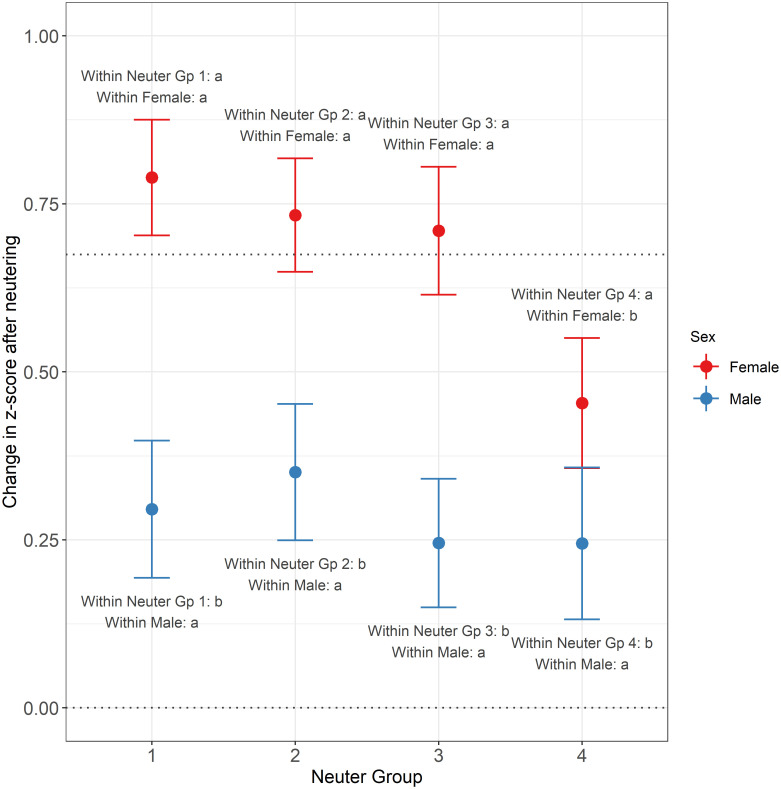Fig 3. Estimated change in z-score post-neutering for a cat at median weight.
Shown for different combinations of sex (female: Red; male: Blue) and neuter group, with 95% confidence intervals and Tukey post-hoc comparison groups. Neuter Groups 1–4 represent, respectively, neutering ages representing quartiles in the general neutered population–up to 20 weeks (448 cats), 20–23 weeks (451 cats), 23–28 weeks (507 cats) and >28 weeks (364 cats) for males, and up to 21 weeks (628 cats), 21–25 weeks (653 cats), 25–29 weeks (515 cats) and >29 weeks (497 cats) for females. The lower horizontal dotted line shows the point of zero change (meaning the cat remained on its initial centile line) and the upper horizontal dotted line represents an increase equal to one standard growth centile interval. The annotations give the Tukey post-hoc comparison groups, which indicate whether differences exist between estimated means for different combinations of neuter group and sex. Only comparisons between neuter groups of the same sex, and between sexes within the same neuter group were tested, and the groups within the relevant neuter group and relevant sex are as indicated in the annotations; within sets of means sharing the same neuter group or sex, those with different letters/numbers for that sex/group are significantly different at the 5% significance level. In all groups, there was a significant increase in z-score post neutering, and this was significantly larger in female than male.

